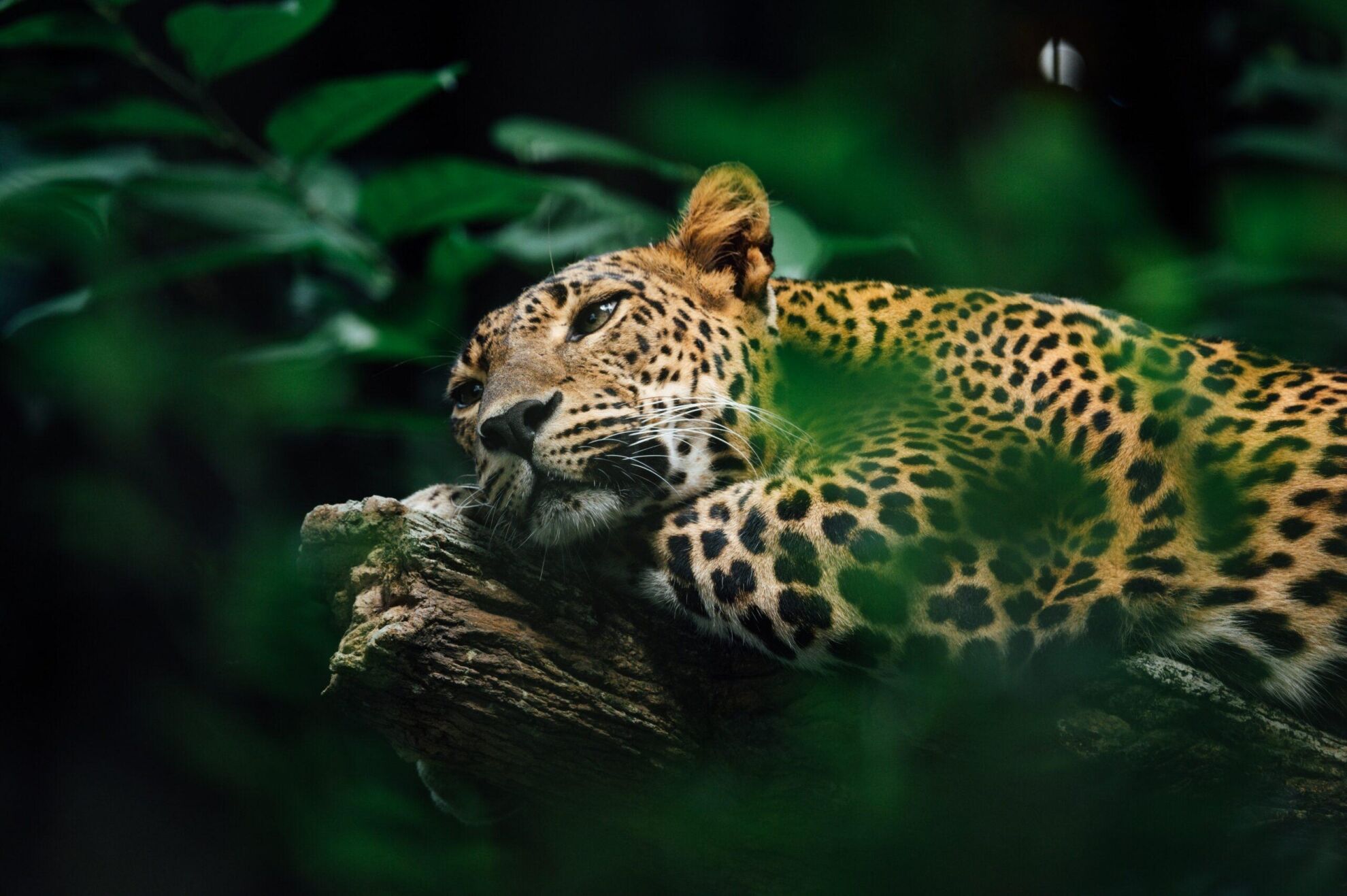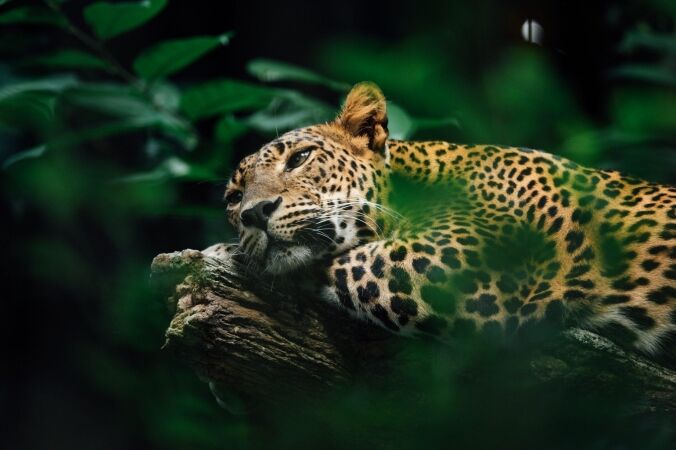

When hunting the big five African game animals, the leopard remains a firm favorite of dangerous game hunters worldwide. The leopard is considered an exceptional trophy and remains one of the most popular cats to target during a game hunting safari.
The leopard (Panthera pardus) is one of the Big 5 hunted in Africa, along with the lion, rhino, elephant, and Cape buffalo. The Dangerous 7 include the Big 5, Nile crocodile, and the rhinoceros. Hunting and harvesting any of these magnificent animals remains extremely difficult and is often seen as a rite of passage for seasoned hunters during a hunting safari.
The leopard’s home and habitat range from grasslands and savannahs to dense vegetation and mountainous terrain, but they thrive best in large expanses with plenty of prey. Being nocturnal, they spend most of their days resting and camouflaging in caves, bushes, or up trees, and you can consider yourself lucky should you spot them during daylight hours. Countries such as Tanzania, Zimbabwe, Namibia, and Mozambique remain popular choices for hunting leopards in Africa.
Their diet consists of numerous prey options, depending on what is available. A leopard is an opportunistic hunter who will feast on whichever prey is abundant at the time and quite capable of killing prey larger than themselves. Depending on season and what is in abundance, a leopard’s diet can include:
When hunting Big Five African animals (leopard hunting) and comparing the leopard with other big game, you will note that they are exceptional and cunning hunters, taking down prey between 40-175 pounds with ease. Leopards are nocturnal and do most of their hunting at night while spending the daylight hours resting and sleeping.
Their hunting technique involves getting as close to the prey as possible by ambushing or stalking it. Once the leopard is close enough to its target, it gives chase at an impressive speed of up to 37 miles per hour before silencing it with a bite to the neck area.
Leopards are very athletic and have an extraordinary climbing ability, which they use to carry their prey to trees and store it, to avoid scavengers such as hyenas and even lions.
Name:
Panthera Padres
Male Weight:
80-165 Pounds
Male Shoulder Height:
28 in
Range:
Sub-Saharan Africa
Habitat:
Grasslands, Savannahs, Dense Vegetation and Mountainous Terrain
Mating Season:
Once a Year, No Definite Breeding Season
Life span:
12-17 Years
Pursuing Africa’s Apex Predator in the Wild
When hunting leopards in Africa, remember that these large cats are very calculating and can camouflage themselves extremely well due to their coloring which allows them to simply blend into the surrounding bush. The leopard is part of the cat family and is large with tawny or cream fur marked with evenly spaced solid black spots. Its head is quite small and rounded with a small, short snout. This member of the Big 5 has a distinctive marking of black tear-like shapes that run down its face. The leopard is an exceptionally agile and athletic animal and easily jumps into and climbs trees and descends a tree headfirst with ease. It is also one of the only cats that like water, and they are confident swimmers. The adult male leopard weighs 80-165 pounds and reaches approximately 26-37 inches at its shoulder, while the head-to-body length is 39-59 inches. Females weigh in slightly lighter at 46-132 pounds.
Your game hunt for this elusive night predator can involve various methods including stalking, baiting, and hounds. Different methods are utilized depending on local regulations, the hunter’s experiences, wishes, and conservation laws. Walking and tracking the leopard, then taking a shot from a distance away, is a popular method when hunting leopards in Africa. When on a hunting safari targeting leopards, another hunting method is baiting. This involves a carcass placed in an area where leopards have been seen or known to frequent and then waiting for the animal to approach the carcass and then taking the shot. Lastly, hounds can track and corner the leopard while the hunter takes the shot.
Hunting in Africa is not for the fainthearted, and a trophy such as a leopard is a major accomplishment for any hunter. They are agile, excellent at camouflage, and a worthy opponent to hunt. For many, hunting the big five African game animals and harvesting them remains one of the pinnacles of hunting rewards and experiences.
Hunting leopards in Africa requires a minimum caliber of .375 with a 300-grain bullet. An expanding bullet tip is recommended. The rifle should be fitted with an excellent-quality tactical scope. Leopards are soft-skinned cats that very seldom retain bullets from high-powered rifles. As such, calibers such as .270, 7mm,.308, 30.06 and 300 win-mag are also highly suitable depending on the legal requirements. Shot placement is critical.
Search from our range of Hunts across various popular destinations in Africa.
Find A Hunt